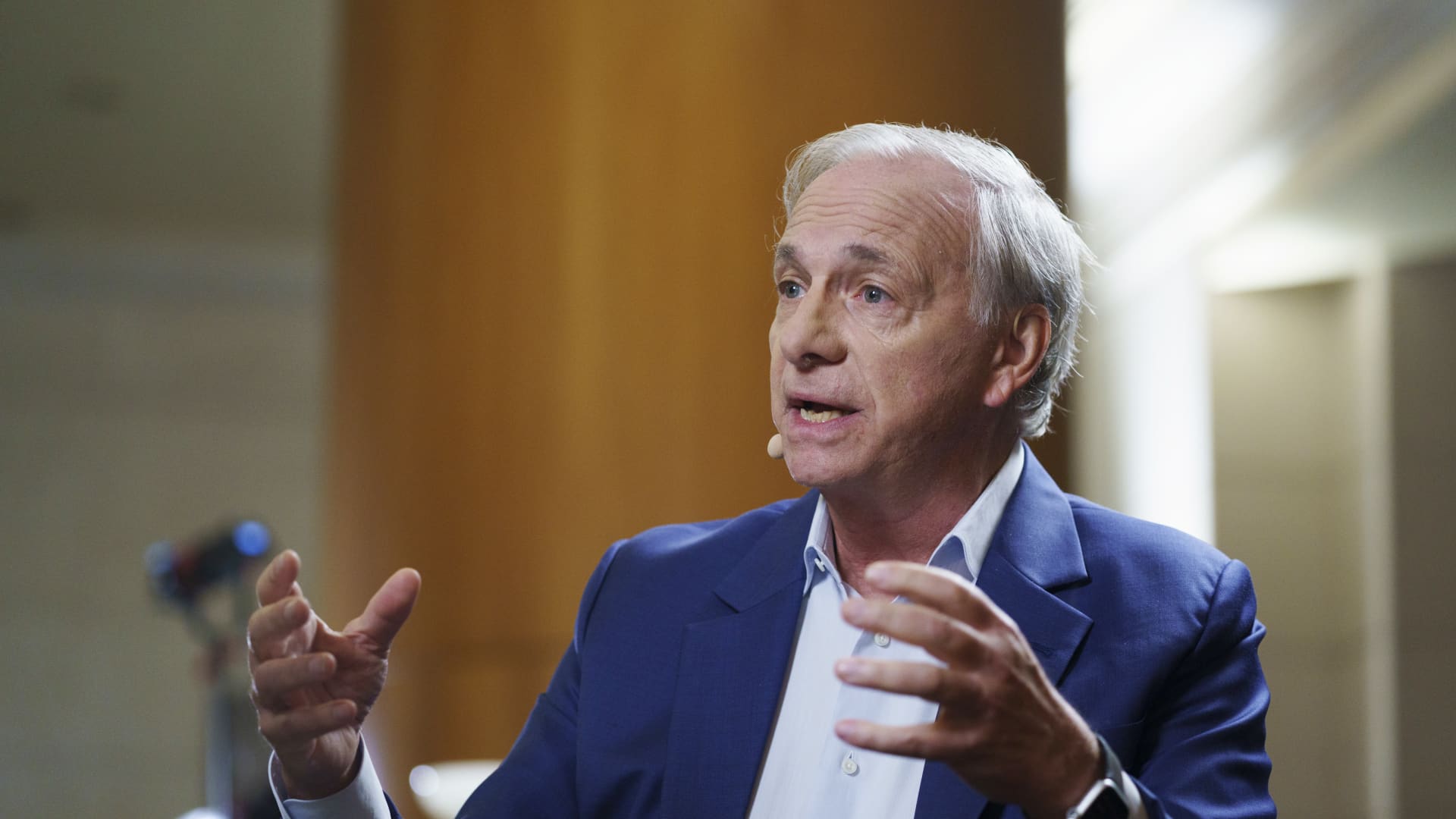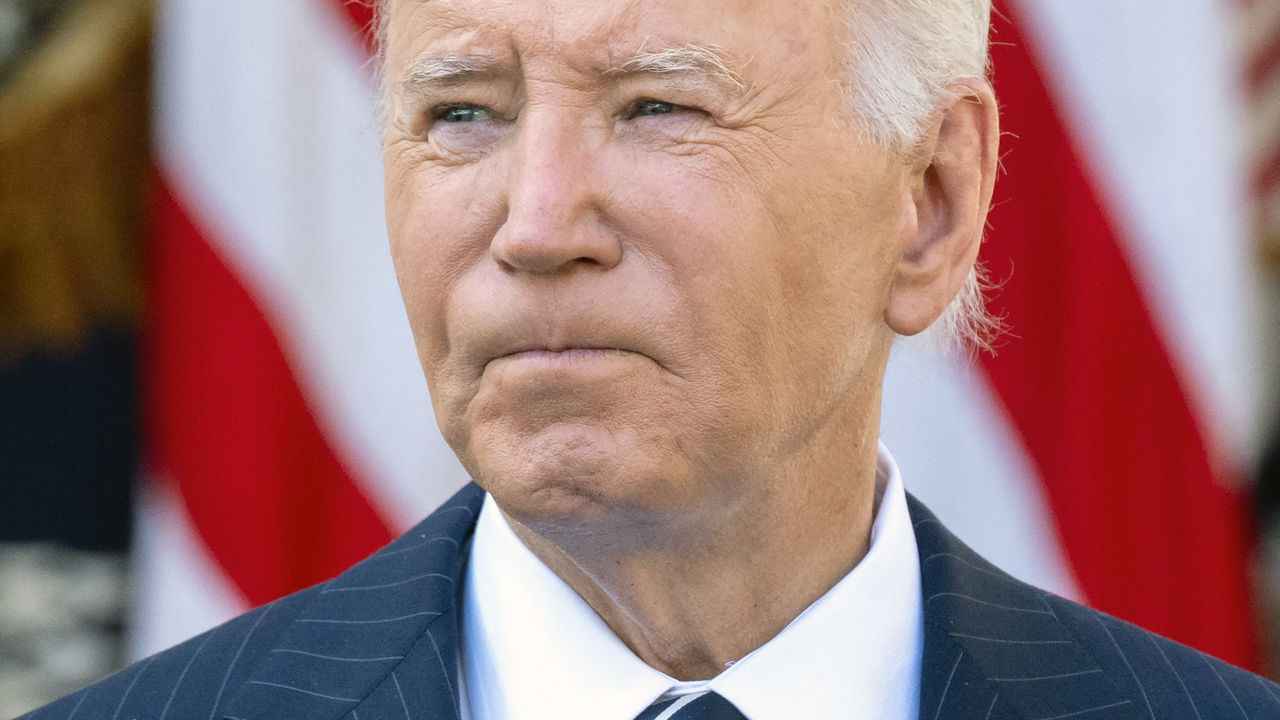Ray Dalio, founder of Bridgewater Associates LP, speaks during an interview on the sidelines of the Milken Institute Asia Summit in Singapore, on Wednesday,
Bloomberg | Bloomberg | Getty Images
SINGAPORE — U.S. billionaire Ray Dalio named the top five forces at the front and center of the world’s economy.
Speaking at the Milken Institute’s Asia Summit in Singapore, the founder of Bridgewater Associates said the five factors are interrelated and often cyclical. Dalio made his remarks Wednesday ahead of the U.S. Federal Reserve’s interest rate decision.
1. Debt, money and the economic cycle
With uncertainty still circling around what the Fed will do at its meeting this week, Dalio raised concerns about how the country’s debt will be managed.
“We’re going to have a Fed interest rate change, and [what will] that whole dynamic do? What happens to all the debt? How will that be dealt with?” he mused.
The U.S. central bank has kept benchmark rates at their highest level in 23 years, leading the government to allocate $1.049 trillion for debt service — an increase of 30% compared with a year ago. This is part of an anticipated total of $1.158 trillion in payments for the entire year.
“What is the value of it and as one man’s debts or another man’s assets? How is it as a storehold of wealth? These are important questions that are pressing questions,” he threw the question out to attendees.
2. Internal order and disorder
“The second is the issue of internal order and disorder,” Dalio said, referring to U.S. politics ahead of the election.
“There are irreconcilable differences between the right and the left, prompted by large wealth and value gaps… and they call into question even the orderly transition of power,” he added.
For the first time in the 2024 election cycle, Vice President Kamala Harris is now considered more likely to win than former President Donald Trump, a CNBC Fed Survey released Tuesday showed.
Last week, the candidates debated issues from abortion rights to tariffs and other policy proposals.
Still, no matter who occupies the White House, the president’s policy agenda has limited impact on the overall health of the U.S. economy.
3. Great power conflicts
Dalio cited geopolitics as his third concern: namely, the relationship between the U.S. and China.
The U.S.-China relationship has been defined by a range of ongoing tensions, such as territorial issues in the South China Sea, Taiwan’s political status and economic tariffs.
“I think probably, there’s a fear of war that will stand in the way — mutually assured destruction. But it’s disorder,” he emphasized later, without naming a specific ignition point.
4. ‘Acts of nature’
Dalio then said “acts of nature” have historically posed a bigger threat to humanity and society than war.
“Acts of nature, droughts, floods and pandemics have killed more people and been responsible for more domestic orders and international orders changing,” Dalio noted.
And the cost of climate change is about to increase, he emphasized. According to the World Economic Forum, the climate crisis results in a 12% loss in global GDP for each 1°C increase in temperature.
5. Technology
Technology is going to “be fantastic” if one is able to adopt and invest in it appropriately, the billionaire said.
“The potential productivity benefits of that are enormous,” he said, elaborating that technology produces unicorn companies, and when it does — a sliver of the population fares better.
“Whoever wins the technology war is going to win the military war,” he further said.
As he assessed the five factors on a whole, Dalio concluded that the “surprises are more on the downside than the upside,” he said.

 Economics1 week ago
Economics1 week ago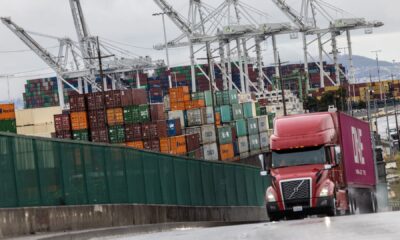
 Economics1 week ago
Economics1 week ago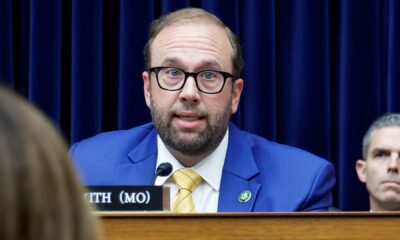
 Personal Finance7 days ago
Personal Finance7 days ago
 Economics6 days ago
Economics6 days ago
 Personal Finance1 week ago
Personal Finance1 week ago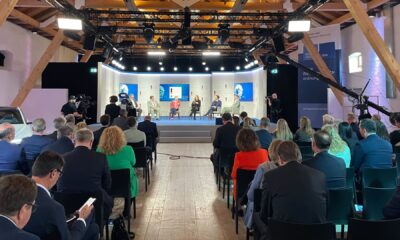
 Economics1 week ago
Economics1 week ago
 Economics5 days ago
Economics5 days ago
 Personal Finance1 week ago
Personal Finance1 week ago
